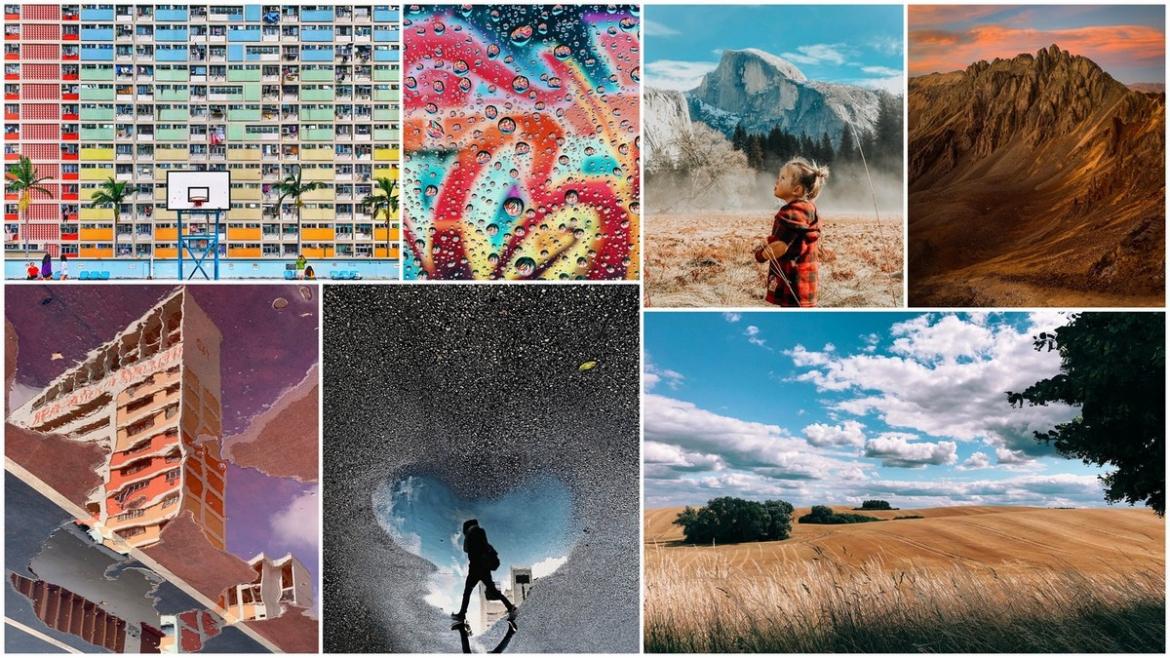The Challenge of Large Images on iPhones: A Comprehensive Guide
Related Articles: The Challenge of Large Images on iPhones: A Comprehensive Guide
Introduction
In this auspicious occasion, we are delighted to delve into the intriguing topic related to The Challenge of Large Images on iPhones: A Comprehensive Guide. Let’s weave interesting information and offer fresh perspectives to the readers.
Table of Content
The Challenge of Large Images on iPhones: A Comprehensive Guide

The advent of high-resolution cameras in smartphones, particularly iPhones, has ushered in an era of exceptional image quality. However, this advancement presents a unique challenge: the sheer size of these images. Large image files consume significant storage space, impacting device performance and potentially hindering sharing and editing processes. This article will delve into the complexities of managing large image files on iPhones, exploring the underlying causes, potential solutions, and strategies for optimizing image storage and handling.
Understanding the Roots of Large Image Files:
The primary culprit behind large image files is the relentless pursuit of higher resolution and detail in smartphone cameras. Modern iPhones boast impressive sensor sizes and advanced image processing capabilities, capturing an abundance of data. This data translates into larger file sizes, particularly with features like HDR (High Dynamic Range) and RAW image capture.
Consequences of Large Image Files:
While capturing high-quality images is undeniably beneficial, the large file sizes associated with them can lead to several challenges:
- Storage Constraints: Large images consume significant storage space on iPhones, potentially filling up the device and limiting the ability to store other files, apps, or media.
- Performance Impact: The processing and loading of large images can strain device resources, leading to slower app performance, lag, and reduced responsiveness.
- Sharing and Upload Issues: Large images can take considerable time to upload to cloud storage services or social media platforms, particularly with limited internet connectivity.
- Editing Limitations: Editing large images on iPhones can be challenging, requiring powerful processing capabilities and potentially leading to lag or crashes.
Strategies for Managing Large Image Files:
Fortunately, several strategies can be employed to mitigate the challenges posed by large image files on iPhones:
1. Image Compression:
- Automatic Compression: iPhones automatically compress images when they are saved to the camera roll, striking a balance between image quality and file size. However, users can further compress images using third-party apps or the built-in Photos app’s "Duplicate" function, which allows creating a smaller copy of the original image.
- Manual Compression: Various apps, such as "Image Size" or "Compressor," offer manual compression options, allowing users to adjust the image resolution and quality to reduce file size.
2. Image Format Selection:
- JPEG vs. HEIC: iPhones default to the HEIC (High Efficiency Image Container) format, which offers superior compression compared to traditional JPEG. While HEIC files are smaller, they may not be universally compatible with older devices or platforms. Users can choose to save images in JPEG format for wider compatibility.
- RAW Image Capture: RAW images, though offering the highest quality and flexibility for editing, result in significantly larger file sizes. Users should only capture RAW images if they intend to extensively edit them, as they are not ideal for everyday use.
3. Cloud Storage Integration:
- iCloud Photos: iCloud Photos seamlessly synchronizes images across all Apple devices, offering convenient access and storage. However, iCloud storage plans have limitations, and users may need to upgrade their plan to accommodate large image libraries.
- Third-Party Cloud Services: Services like Google Photos, Dropbox, or OneDrive offer alternative cloud storage options, often with generous free storage plans and flexible file management features.
4. Image Editing and Optimization:
- Built-in Photos App: The Photos app offers basic editing tools, including cropping, resizing, and adjusting brightness and contrast. These tools can be used to optimize images for sharing or storage.
- Third-Party Editing Apps: Apps like "Snapseed," "Adobe Lightroom," or "VSCO" provide advanced editing capabilities, allowing users to fine-tune images, reduce noise, and enhance detail without sacrificing quality.
5. Selective Image Management:
- Deleting Unnecessary Images: Regularly reviewing the camera roll and deleting unnecessary or duplicate images can free up valuable storage space.
- Archiving Images: Transferring older or less important images to external storage devices, such as hard drives or memory cards, can help declutter the iPhone and maintain optimal performance.
FAQs Related to Large Image Files on iPhones:
Q: How can I determine the size of an image on my iPhone?
A: Open the Photos app and select the image. Tap the "Info" button (the "i" icon) to view the image details, including its file size.
Q: Can I reduce the size of an image without losing quality?
A: While some compression methods can reduce file size without significantly affecting quality, complete lossless compression is generally not possible. However, modern compression algorithms, like HEIC, strike a good balance between size reduction and quality preservation.
Q: What are the best settings for capturing images on an iPhone to minimize file size?
A: Consider using the HEIC format, disabling HDR, and avoiding RAW image capture unless absolutely necessary. Additionally, adjust the resolution settings to a suitable level that balances quality and file size.
Q: How can I transfer large images from my iPhone to my computer?
A: Images can be transferred via USB cable, AirDrop, or cloud services like iCloud Drive or Google Drive. Choose the method most convenient for your setup.
Tips for Managing Large Image Files on iPhones:
- Enable iCloud Photo Library: This feature automatically uploads images to iCloud, freeing up local storage on your iPhone.
- Regularly Review and Delete Images: Make it a habit to periodically review your camera roll and delete unnecessary or duplicate images.
- Use Third-Party Compression Apps: Explore apps like "Image Size" or "Compressor" to manually compress images and reduce their file sizes.
- Consider a Cloud Storage Subscription: If you frequently capture and store large images, a cloud storage subscription can provide ample storage space and convenient access across devices.
Conclusion:
Large image files on iPhones present a unique challenge, but with proper understanding and strategic management, their impact can be minimized. By employing image compression techniques, choosing appropriate image formats, leveraging cloud storage options, and practicing selective image management, users can optimize their iPhone storage, maintain device performance, and continue capturing and sharing high-quality images without encountering significant limitations.








Closure
Thus, we hope this article has provided valuable insights into The Challenge of Large Images on iPhones: A Comprehensive Guide. We appreciate your attention to our article. See you in our next article!
